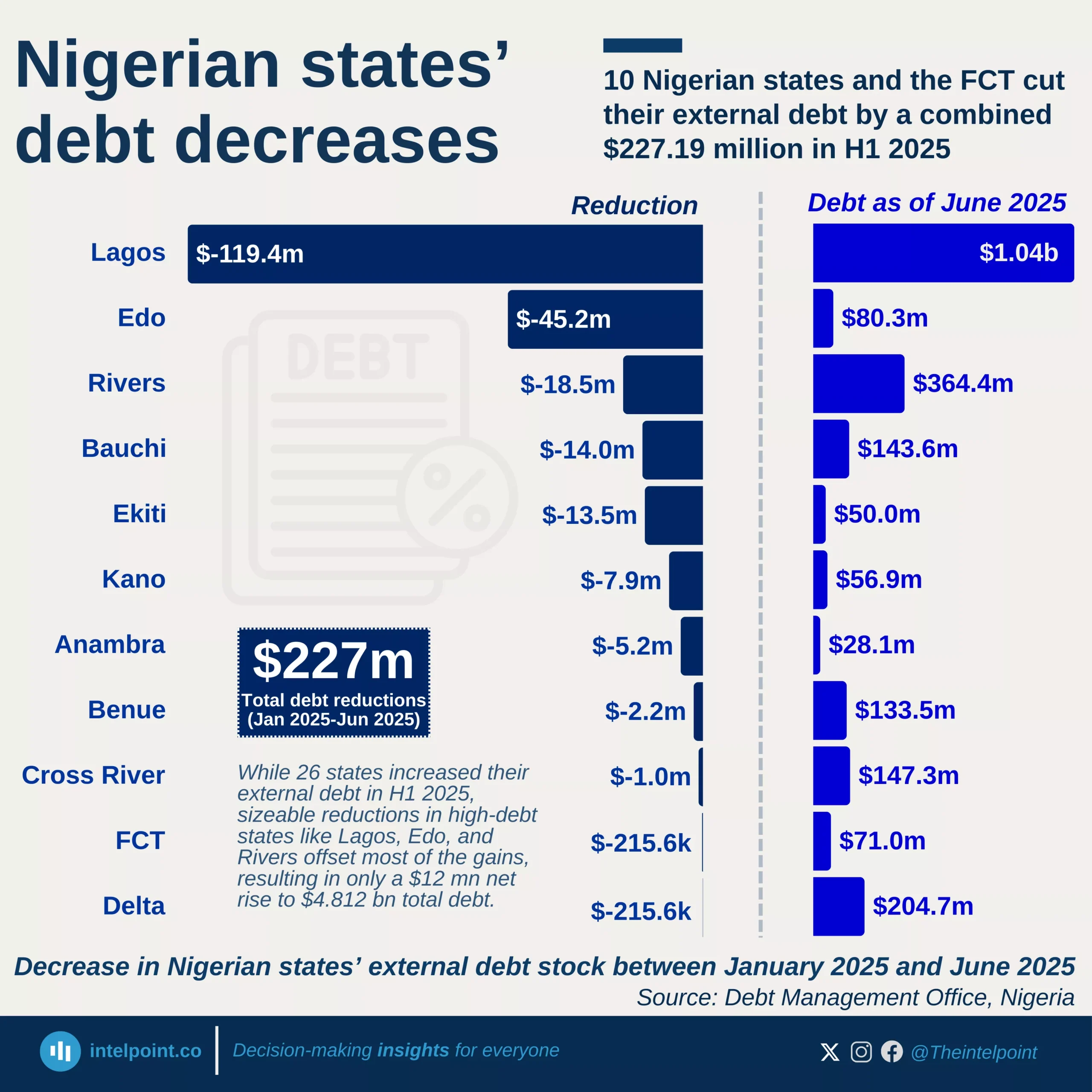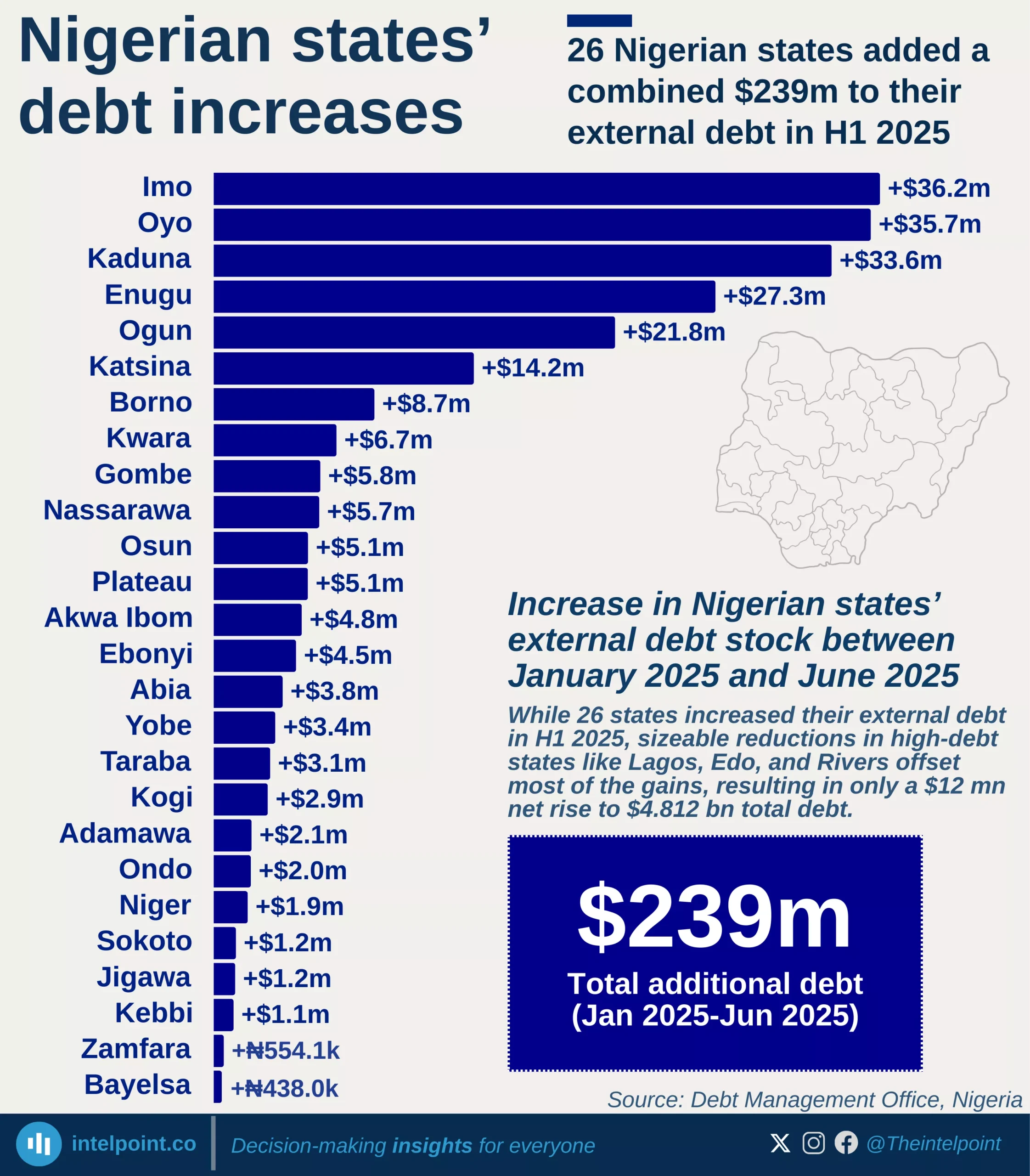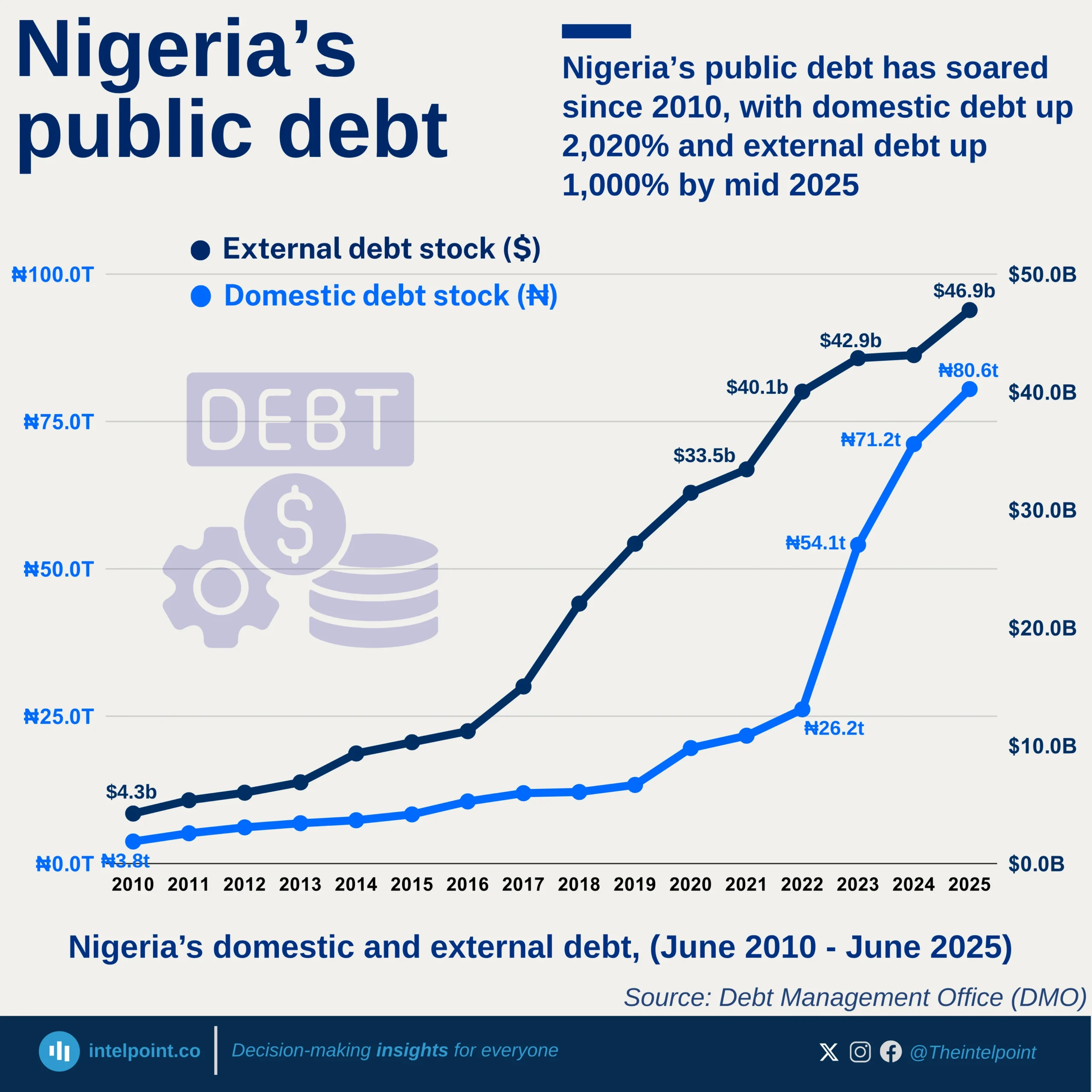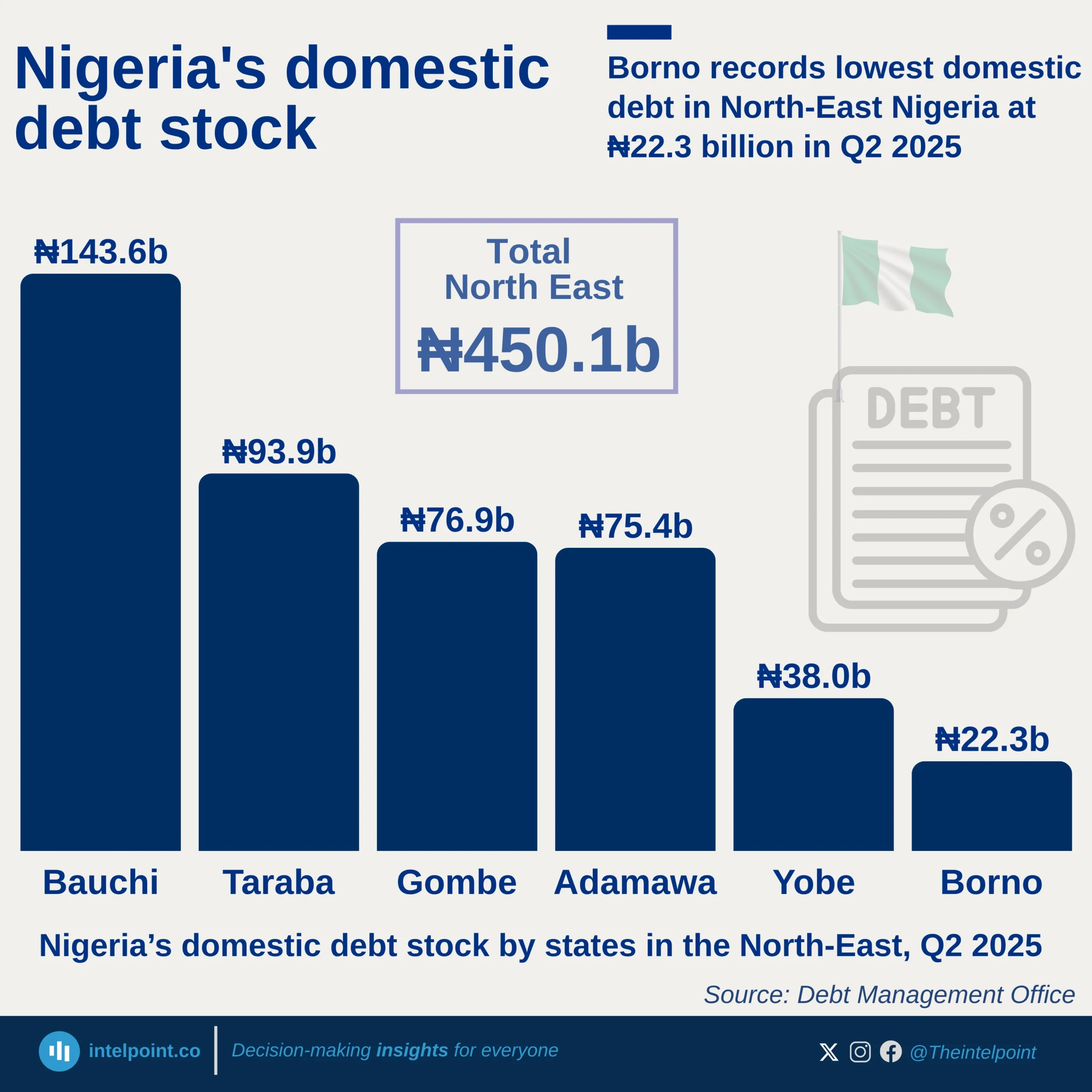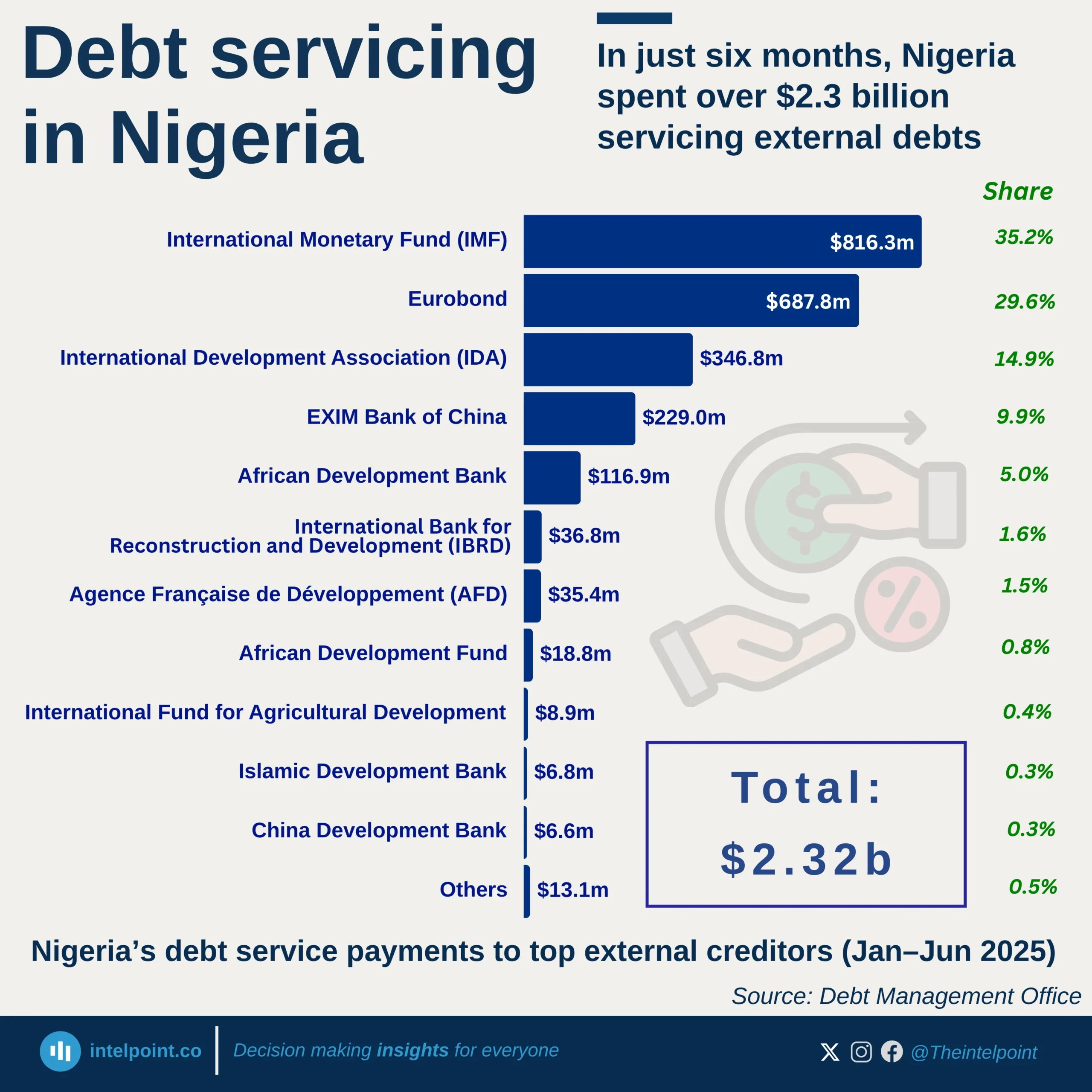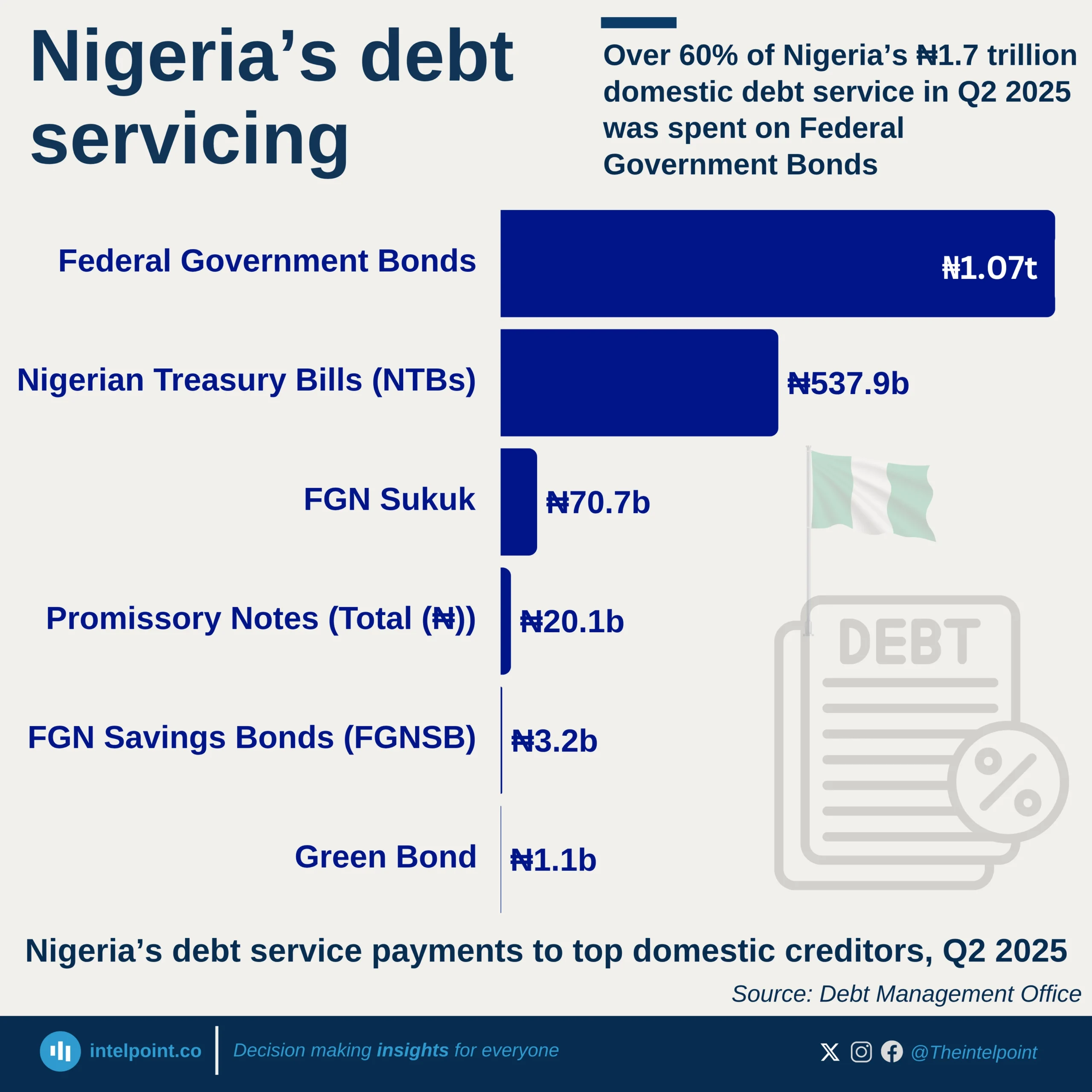In 2024, African countries collectively issued $13.65 billion in Eurobonds, with South Africa leading at $3.5 billion, accounting for 25.6% of the total issuance. Côte d’Ivoire and Nigeria followed closely, issuing $2.6 billion and $2.2 billion, respectively. These figures highlight the increasing reliance on international debt markets as African economies seek external funding to address fiscal deficits, infrastructure development, and economic expansion.
